For two days in France, we didn’t eat frog legs, but, although at a gallop, we managed to come from Spain through Andorra, visit Carcassonne, and then return to Spain again. Well, okay, we’ll try “greenouley” next time.
The city of Carcassonne (also known as Carcassonne) is located on the Aude River in the Languedoc-Roussillon region of France. The old town of Carcassonne (Carcassonne) consists of two parts: the upper (called the Cité, in the French manner - Cité de Carcassonne) and the lower (Trival and Bastide quarters). Well, as usual in medieval cities, the upper one is of greater interest, because what how usually has a lock. Our case was no exception; on the contrary, Carcassonne showed itself to us as not just a castle, but a full-fledged castle city, or fortified city. IN citadels you find yourself in a medieval fairy tale. On its territory, surrounded by two rows of walls three kilometers long with 52 towers, there are numerous shops, cafes, and residential buildings. In the heart of the Cité, the castle of Contal is preserved and Basilica of Saint Nazarius.
From the history:The history of the city of Carcassonne dates back to the 2nd century. BC, when settlements inhabited by the Gauls were located here. Then the Romans captured the oppidum, and in the 5th century the Visigoths ruled here. In the 8th century, the Saracens came to the city, although three decades later they were driven out by the Franks. In the Middle Ages, in addition to the upper city of Cité, a new one appeared - the lower city of Bastide, located on the other side of the Aude River. Then came the plague epidemic and the Hundred Years' War, which devastated the city. In 1355 Edward the Black Prince ordered the burning of Bastide, but by 1359. the lower city was rebuilt. Today we see the appearance of the fortress, preserved from the 13th century.
The legend of the fortified city of Carcassonne: like any respectable person???? Castle, Carcassonne holds a legend. Once upon a time (in the 8th century) Charlemagne kept the city of the Saracens under siege. This went on for more than five years. When the Muslim king Balaak died, his wife Lady Karkas began to lead the knights who defended the city. As time passed, food supplies became less and less. And then Lady Karkas ordered to bring everything that was left. It turned out that the entire food warehouse consisted of one pig and a bag of grain. And then the lady ordered to feed the pig fur and cereals, and then throw the animal off the castle walls. Charlemagne, seeing this, decided that there were still a lot of supplies in the city and retreated. Lady Karkas was delighted and ordered the bells to be rung! And people exclaimed: “The frame is ringing!”, and in French it sounded like this: “Carcas sonne!” This is how the castle town of Carcassonne began to be called in France.
How to get there:the city of Carcassonne (Carcassonne) in France is located 93 km from Toulouse, 770 km from Paris, 303 km from Barcelona. The castle coordinates are 43°12.43′ N, 2°21.86′ E.
Carcassonne Castle on the map of France:
View on a larger map
Price for visiting the fortified city of Carcassonne: stroll through the streets citadels you can absolutely free! But a visit to the Contal castle and the fortress walls of Carcassonne in May 2013. cost 8.5 euros per person.
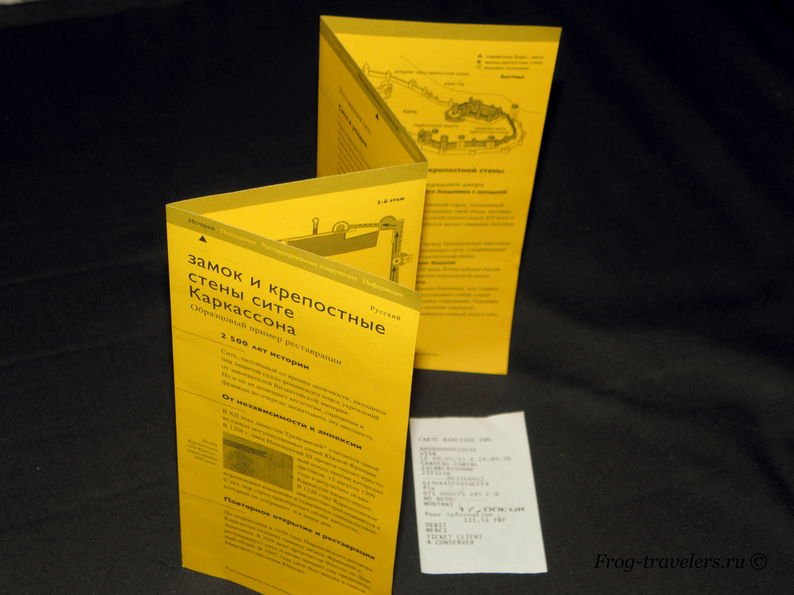
Photo with a view of the upper fortified city of Carcassonne (Cité) from the Old Vieux Bridge over the Aude River:
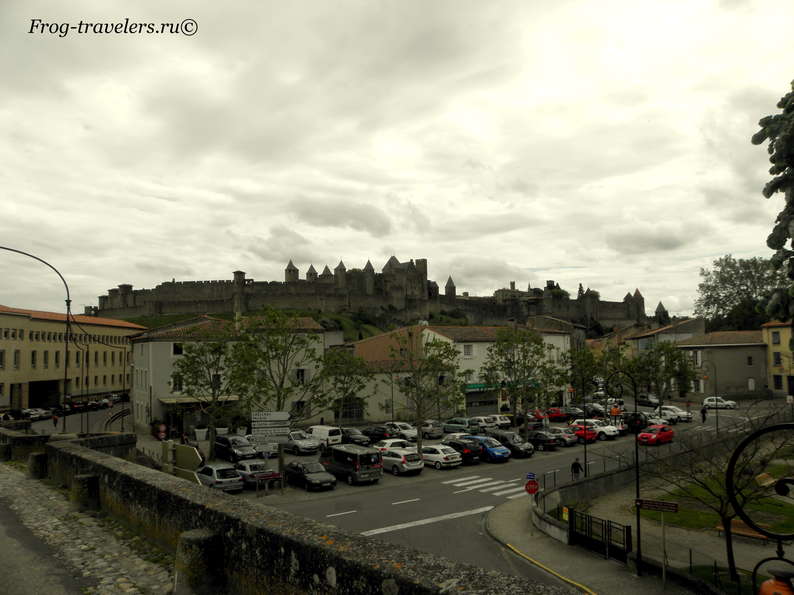
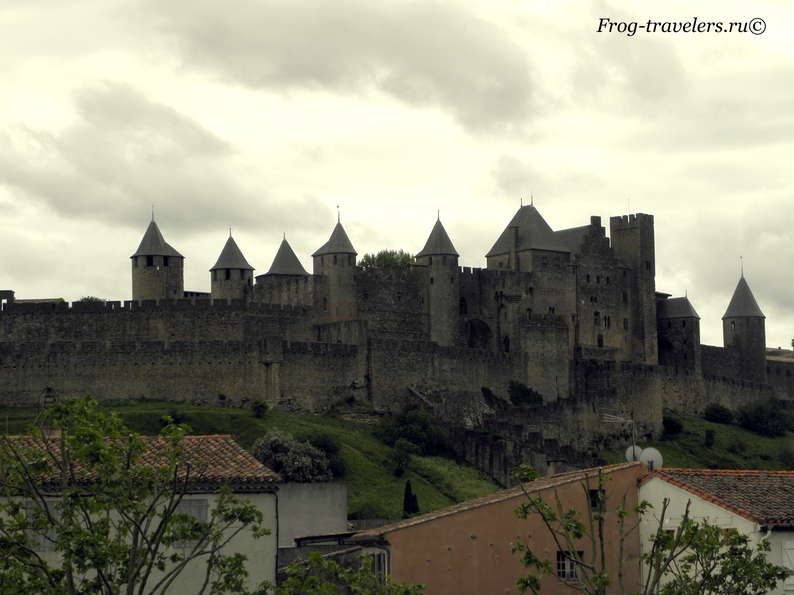
Trival Quarter in Carcassonne:

The Narbonne Gate is the main entrance to the Cite:
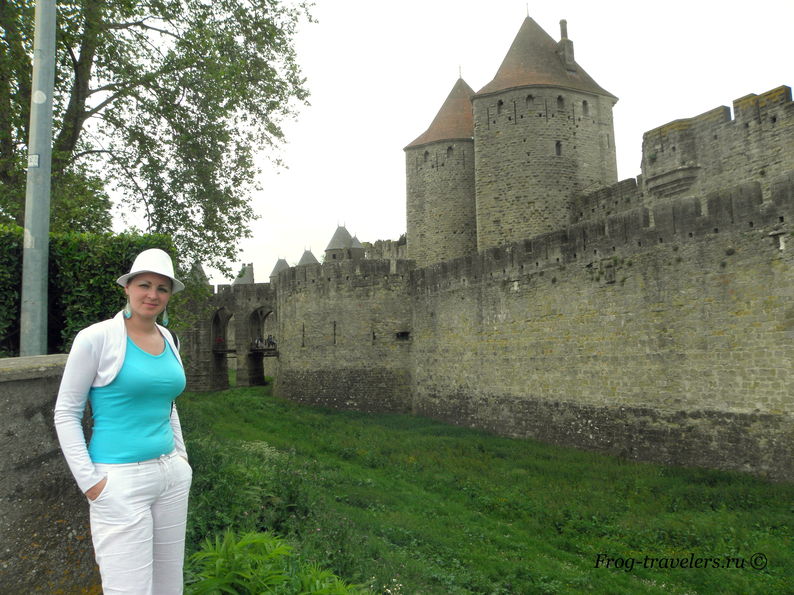
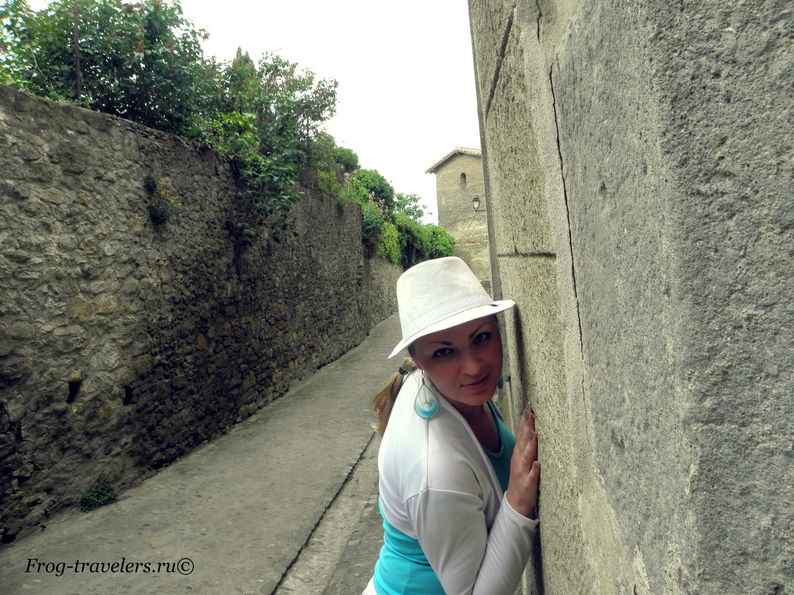
Contal Castle:
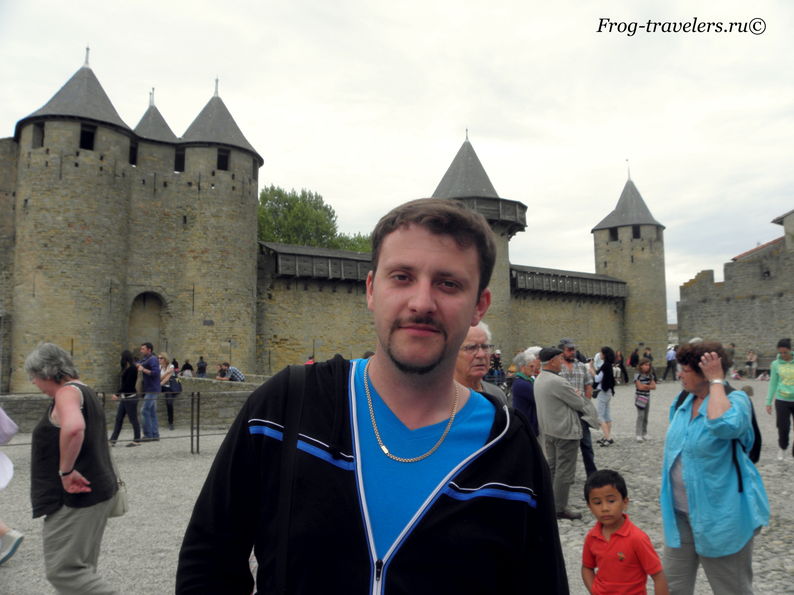
Basilica of St. Nazarius:
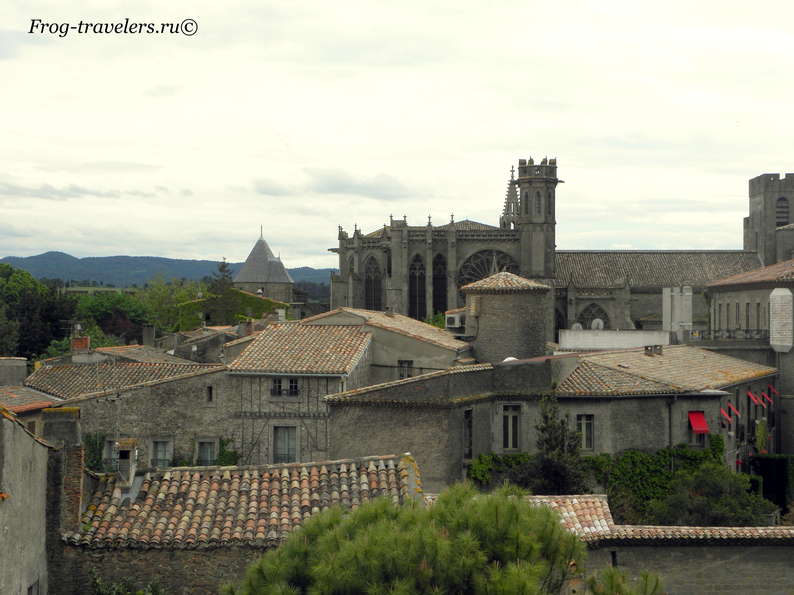
Photo walk around Contal Castle:
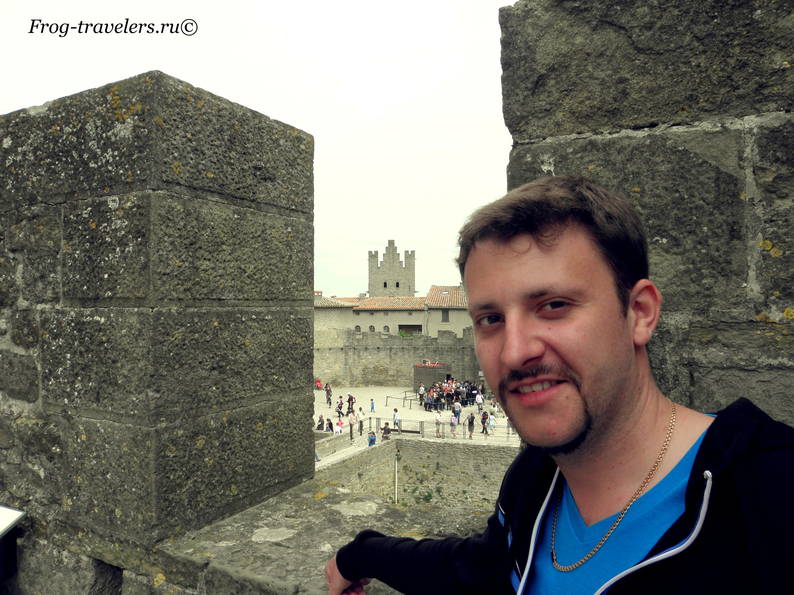
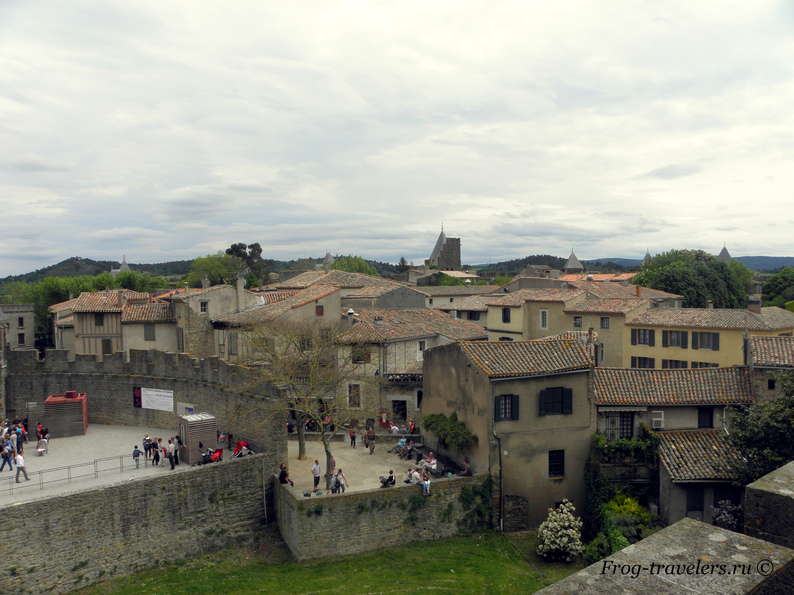
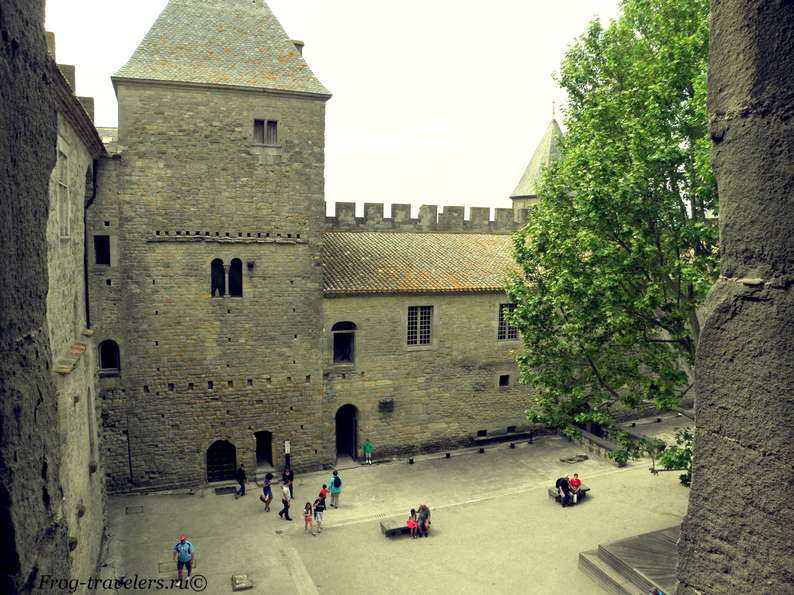



View from the walls of the fortified city of Carcassonne to the Trival quarter, the Aude river, the Old Vieux bridge and the lower city (Bastide quarter):
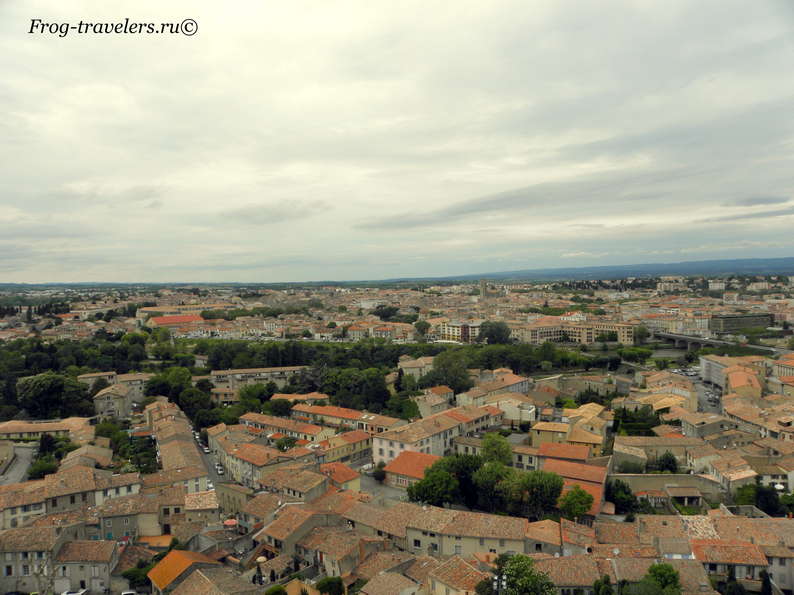
Photo walk along the fortress walls of the castle city of Carcassonne:

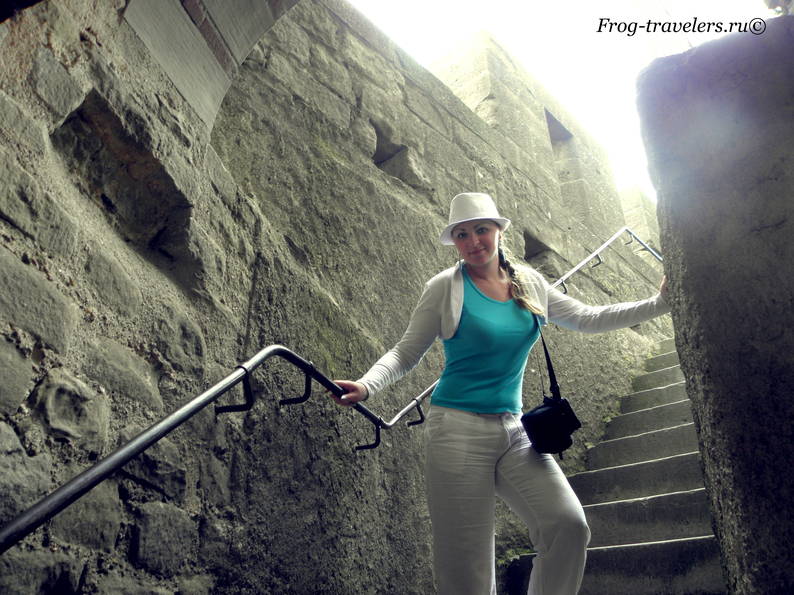
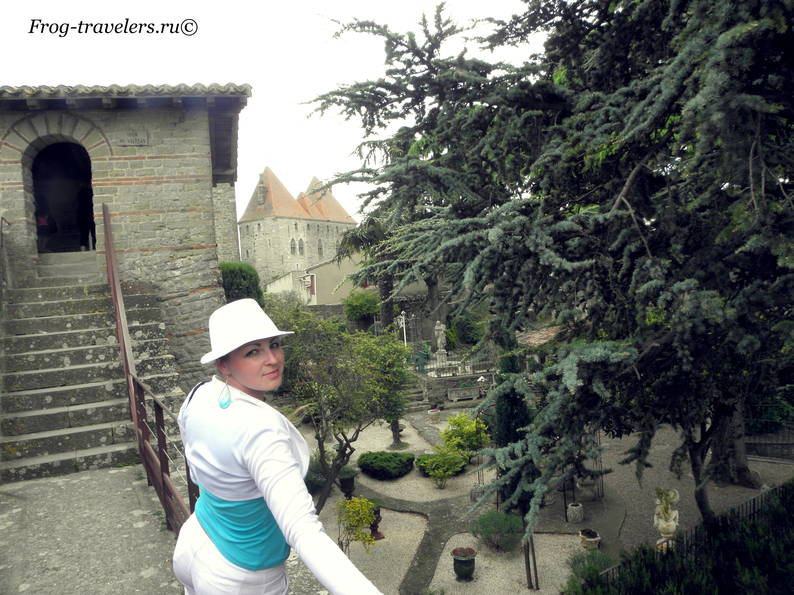
Narbonne Gate at Carcassonne Fortress:
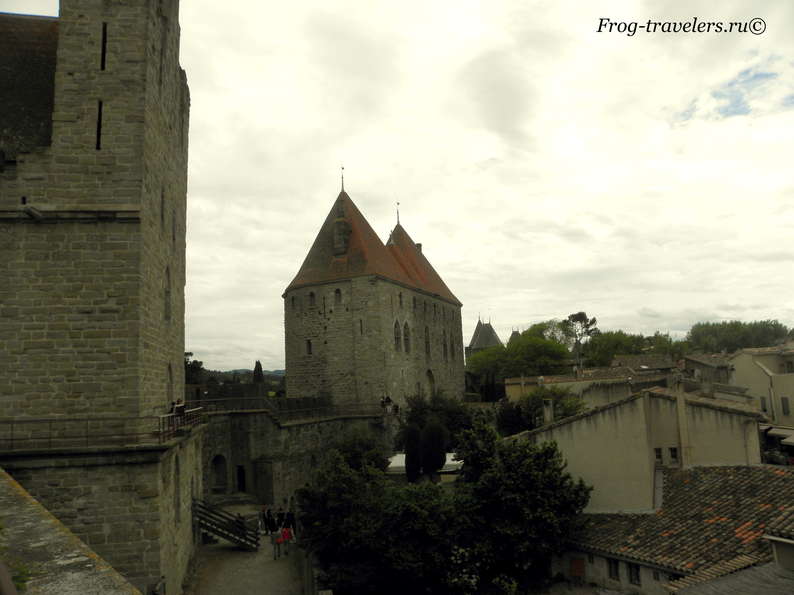
![]()
Well, that’s all, goodbye, France, and ahead of us lies the Spanish Lloret de Mar, where I safely met my 28th birthday.
